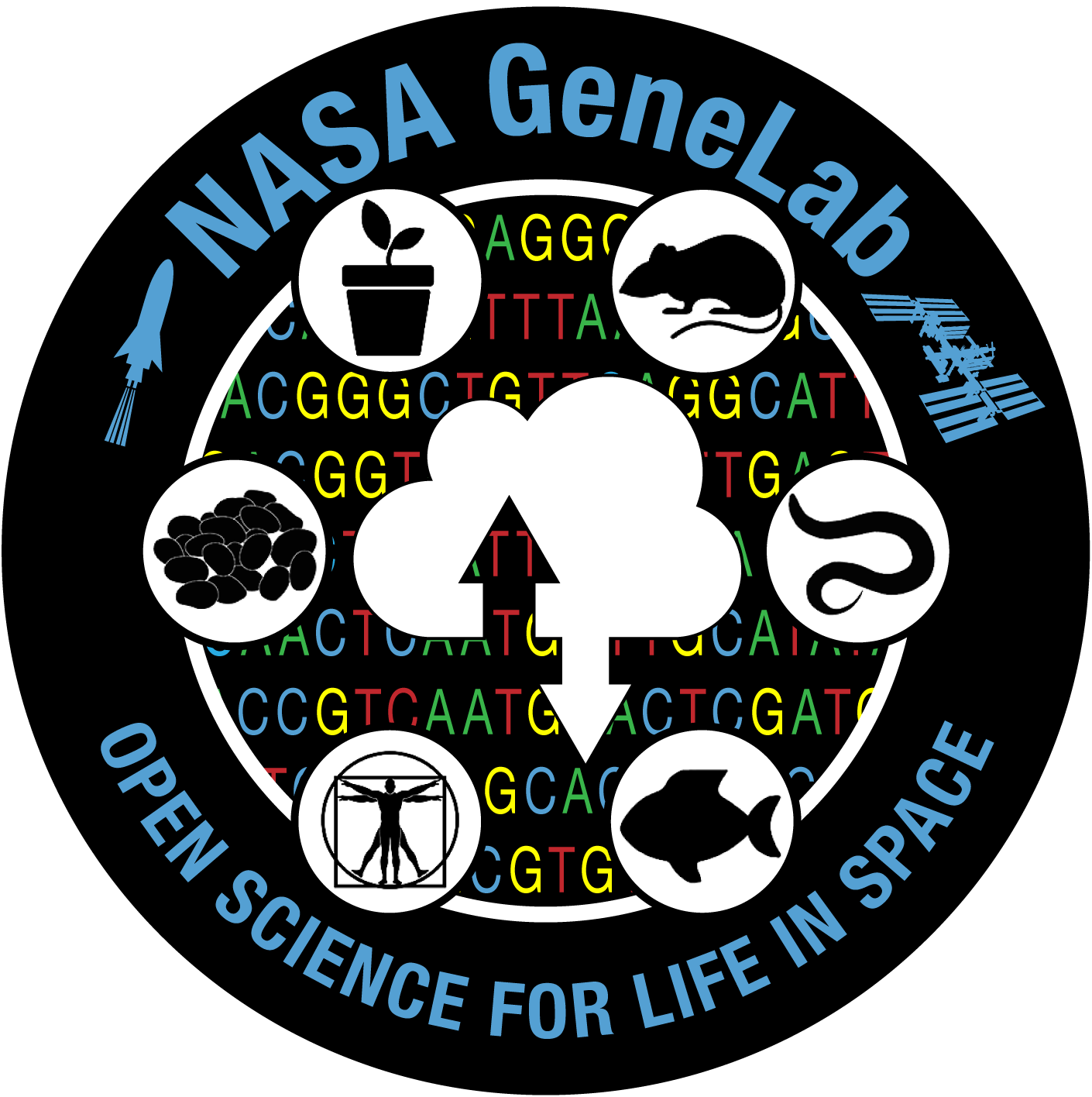In conjunction with its Analysis Working Group and Steering Committee, GeneLab has developed the following standards for total RNA-sequencing.
Sequencing depth
GeneLab recommends the following target sequencing depths for ribo-depleted RNAseq:
|
Representative genome |
Transcriptome complexity |
Ribodepleted RNA-seq |
|
|---|---|---|---|
|
Human |
H. sapiens GRCh38.p12 |
High |
60 M clusters, 150 bases paired-end |
|
Rodents |
M. musculus GRCm38.p6 |
High |
60 M clusters, 150 bases paired-end |
|
Fruit fly |
D. melanogaster Release 6 plus ISO1 MT |
Medium |
40 M clusters, 150 bases paired-end |
|
Worms |
C. elegans WBcel235 |
Medium |
40 M clusters, 150 bases paired-end |
|
Plants |
A. thaliana TAIR10.1 |
High |
60 M clusters, 150 bases paired-end |
|
Fungi |
S. cerevisiae S288C R64 |
Low |
20 M clusters, 150 bases paired-end |
|
Bacteria |
E. coli str. K-12 substr. MG1655 |
Low |
20 M clusters, 75 bases single-end |
Spike-in controls
At a minimum, GeneLab recommends that all sequencing samples include ERCC Spike-in Mix 1 in all samples. This will allow assessment of the dynamic range within each sample.
In addition, in experiments focused upon comparing two levels of a given factor (spaceflight vs. ground control), GeneLab recommends including Mix 1 in the level A samples (spaceflight) and Mix 2 in the level B samples (ground control). This allows direct assessment of the available power in the data.
In all cases, these Mixes should be added to samples before library preparation and sequencing.
Mix 1 available here.
Mix 1 and 2 available here.
Library preparation and sequencing standard
GeneLab recommends that all sample pools to be sequenced include at least one replicate of the SEQC Universal Reference RNA available here (Human and/or mouse). This RNA should be included as a sample during each library preparation batch.

